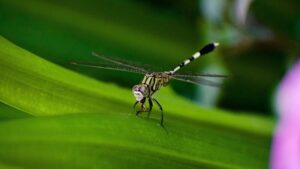
How To Design A Waterproof Mosquito Light
There’s something almost magical about a mosquito light—a beacon in the night that promises to shield us from the irksome buzz and bites of mosquitoes.
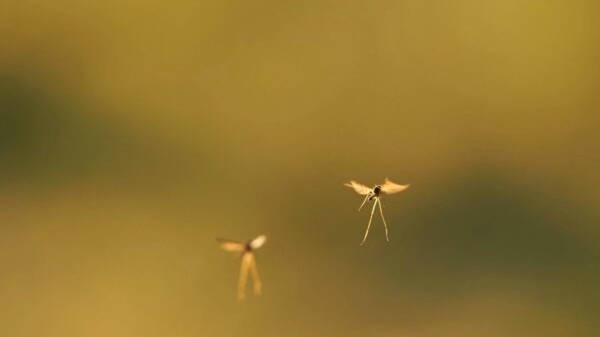
Mosquitoes are annoying insects that cause homeowners a variety of issues. Invading houses and interfering with indoor activities, they also pose a risk to one’s health.
Mosquitoes may spread illnesses including the Zika virus, dengue fever, and malaria. Mosquito control is essential for a secure and tranquil home environment.
Photocatalyst mosquito lights offer a safe and effective solution for combating mosquito problems in homes.
Utilizing advanced technology, these lights attract and eliminate mosquitoes without the use of harmful chemicals or toxins. They provide a convenient and environmentally friendly approach to protect your home and family from mosquito bites and associated diseases.
The purpose of this outline is to provide comprehensive information on the effective use of photocatalyst mosquito lights for protecting your home.
Understanding Photocatalyst Mosquito Lights is crucial for harnessing their potential. These lights employ advanced technology where a photocatalyst coating reacts with light to generate a chemical reaction that attracts and traps mosquitoes.
Through this process, they effectively eliminate mosquitoes without harmful chemicals or odors. Compared to traditional methods like sprays or zappers, photocatalyst mosquito lights offer a safer, eco-friendly, and non-disruptive solution for long-lasting mosquito control.
Photocatalyst mosquito lights utilize innovative technology to combat mosquito problems. The lights are coated with a photocatalyst substance that, when activated by light, triggers a chemical reaction.
This reaction releases carbon dioxide and moisture, mimicking human breath, which attracts mosquitoes. Once attracted, the mosquitoes are captured and eliminated, providing an effective mosquito control solution for homes.
Photocatalyst mosquito lights attract and eliminate mosquitoes through a multi-step process. The lights emit light that activates the photocatalyst coating, releasing carbon dioxide and moisture, and attracting mosquitoes.
Once near the light, a powerful fan sucks in the mosquitoes, trapping them in a container or electrocuting them, effectively removing them from the environment and reducing mosquito populations in your home.
Using photocatalyst mosquito lights has a number of benefits over conventional techniques. They provide a secure, chemical-free alternative, doing away with the need for dangerous sprays or pesticides.
These lights ensure a tranquil living atmosphere since they are quiet, ecologically sustainable, and non-disruptive. Additionally, they require little upkeep and offer long-lasting mosquito control, making them cost-effective in the long term.
Choosing the right photocatalyst mosquito light involves considering several factors.
This evaluation process will ensure you select the most suitable photocatalyst mosquito light for your needs.
When selecting a photocatalyst mosquito light, it’s important to consider factors such as the coverage area and range it can effectively cover, the available power source options (battery, electric, solar), and the durability and weather resistance of the light to ensure it can withstand various environmental conditions.
When choosing a photocatalyst mosquito light, carefully assess the coverage area and range it can provide. Consider the size of your outdoor space or the specific areas you want to protect.
Ensure that the light’s range aligns with your needs to effectively attract and eliminate mosquitoes within the desired vicinity of your home.
Photocatalyst mosquito lights offer various power source options to suit different preferences and situations. Battery-powered lights provide flexibility and mobility, while electric-powered lights offer consistent and reliable performance.
Solar-powered lights harness the sun’s energy, providing an eco-friendly and cost-effective solution. Consider your needs and availability of power sources when selecting a mosquito light.
When selecting a photocatalyst mosquito light, durability, and weather resistance are critical aspects to consider. Look for lights that can survive outside circumstances such as rain, humidity, and temperature changes.
Choose versions composed of durable materials that are resistant to corrosion, offering long-lasting performance and protection from the weather.
When comparing different models and brands of photocatalyst mosquito lights, it is advisable to research customer reviews and ratings, take into account the reputation of the manufacturer, and evaluate the additional features and functionalities offered by each option to make an informed decision.
1. Researching customer reviews and ratings
Researching customer reviews and ratings is a valuable step when comparing photocatalyst mosquito lights.
Reading reviews provides insights into the experiences of actual users, allowing you to gauge the effectiveness, durability, and overall satisfaction with the product.
It helps in making an informed decision based on real-world feedback and experiences.
Considering the reputation of the manufacturer is crucial when selecting a photocatalyst mosquito light. Established and reputable manufacturers often prioritize quality, innovation, and customer satisfaction.
They have a track record of producing reliable and durable products, giving you confidence in the performance and longevity of the mosquito light you choose.
When evaluating different photocatalyst mosquito lights, it’s important to consider the additional features and functionalities they offer. Look for features such as adjustable settings, timers, multiple operating modes, and remote control options.
Assessing these extra features can help you find a mosquito light that aligns with your specific needs and enhances its convenience and effectiveness.
Installing and using photocatalyst mosquito lights requires careful consideration. Selecting the optimal location for installation involves identifying high mosquito activity areas and placing the lights away from human gathering spaces.
Proper installation techniques, such as choosing the right mounting option and positioning the light correctly, ensure maximum effectiveness. Additionally, maintaining and cleaning the light regularly, along with replacing consumable parts, guarantees long-term usage and optimal performance.
When selecting the optimal location for the installation of photocatalyst mosquito lights, it is important to identify high mosquito activity areas and place the lights away from human gathering spaces to effectively attract and eliminate mosquitoes while ensuring the comfort and safety of individuals.
Identifying high mosquito activity areas is crucial for placing photocatalyst mosquito lights strategically. These areas typically include places with standing water, dense vegetation, or areas near sources of heat and moisture.
By identifying such locations, you can target the installation of mosquito lights to effectively disrupt mosquito breeding and minimize their presence around your home.
When installing photocatalyst mosquito lights, it is important to place them away from human gathering spaces. This ensures that the attraction and elimination of mosquitoes occur without disrupting or inconveniencing people.
By positioning the lights strategically, you can effectively target mosquito control while maintaining a comfortable and mosquito-free environment for socializing and activities.
Proper installation techniques for photocatalyst mosquito lights involve selecting suitable mounting options such as hanging, wall-mounted, or ground-mounted setups.
It is crucial to ensure that the light is positioned correctly, taking into account factors like height, angle, and distance from potential mosquito habitats, to maximize its effectiveness in attracting and eliminating mosquitoes.
Photocatalyst mosquito lights offer various mounting options to accommodate different installation preferences. Hanging options provide flexibility to suspend the light from trees, pergolas, or hooks. Wall-mounted lights can be securely fixed to walls or fences.
Ground-mounted options are suitable for placing the light on the ground or using stakes for stability, ensuring optimal positioning for mosquito control in your specific outdoor setting.
To maximize the effectiveness of photocatalyst mosquito lights, it is essential to ensure the light is positioned correctly. Consider factors such as height, angle, and distance from mosquito habitats.
Place the light at a suitable height and angle to attract mosquitoes effectively, while also keeping it within a reasonable distance to capture and eliminate them efficiently.
For long-term usage of photocatalyst mosquito lights, it is important to perform regular maintenance by cleaning the light and replacing consumable parts as needed, as well as properly storing the light during off-seasons to preserve its functionality and ensure optimal performance when it is needed again.
To maintain the effectiveness of photocatalyst mosquito lights, regular cleaning is essential. Wipe off any accumulated debris or dust from the light’s surface, and clean the collection container or electrocution grid.
Additionally, replacing consumable parts such as UV bulbs or sticky traps when they become worn or ineffective ensures the continued performance of the mosquito light over time.
During off-seasons when mosquito activity decreases, proper storage of photocatalyst mosquito lights is important to maintain their longevity. Store the light in a clean, dry place away from extreme temperatures or humidity.
Disconnect or remove any batteries to prevent damage. Following these storage practices will ensure the light is in optimal condition when needed again.
To enhance the effectiveness of photocatalyst mosquito lights, it is beneficial to supplement them with other mosquito control methods. This includes removing stagnant water sources, using mosquito repellents and screens, and implementing landscaping techniques to discourage mosquito breeding.
Additionally, incorporating mosquito awareness and prevention practices, such as educating family members, encouraging personal protective measures, and participating in community initiatives, can further reduce mosquito populations and improve overall protection.
To enhance the effectiveness of photocatalyst mosquito lights, it is recommended to supplement them with other mosquito control methods such as removing stagnant water sources, utilizing mosquito repellents and screens, and implementing landscaping techniques that discourage mosquito breeding, creating a comprehensive approach to minimize mosquito populations around your home.
One effective mosquito control method is removing stagnant water sources, as they serve as breeding grounds. Regularly inspect your property and eliminate any standing water, such as in flower pots, birdbaths, or clogged gutters.
By depriving mosquitoes of their breeding sites, you can significantly reduce their population and decrease the risk of mosquito-borne diseases.
Using mosquito repellents and screens is a practical approach to protect yourself from mosquito bites. Apply EPA-approved repellents on exposed skin and clothing, and consider using screens on windows and doors to prevent mosquitoes from entering your home. These measures create a barrier, reducing the chances of mosquito encounters and potential disease transmission.
Implementing landscaping techniques can help discourage mosquito breeding and minimize its presence. Remove tall grass, trim shrubs, and clear debris to eliminate potential resting and breeding sites.
Additionally, promote proper drainage by leveling the ground and filling low-lying areas to prevent water accumulation. These measures create an unfavorable environment for mosquitoes, reducing their breeding opportunities.
Incorporating mosquito awareness and prevention practices involves educating family members about mosquito behavior, encouraging personal protective measures such as wearing mosquito repellents and protective clothing, and actively participating in community initiatives for mosquito control to collectively reduce mosquito populations and mitigate the risks of mosquito-borne diseases.
It is critical to educate family members on mosquito behavior in order to promote efficient mosquito management. Teach children about peak mosquito activity periods, breeding practices, and the necessity of mosquito bite prevention.
Understanding mosquito activity allows family members to take proactive steps to reduce exposure and protect themselves from any health hazards.
Promoting personal protective measures is critical in the prevention of mosquito bites. Advise family members to apply insect repellent on exposed skin, to wear long sleeves and pants, and to sleep outside with mosquito nets.
Individuals may dramatically reduce the chance of mosquito bites and the danger of mosquito-borne illnesses by adopting these steps.
Engaging in community initiatives for mosquito control fosters collective efforts in reducing mosquito populations.
Participate in activities such as community clean-up campaigns to eliminate breeding sites, support mosquito monitoring programs, and promote awareness campaigns to educate residents about mosquito control methods.
Working together as a community enhances the overall effectiveness of mosquito control efforts and promotes a healthier living environment.
Addressing safety concerns is crucial when using photocatalyst mosquito lights. Ensure the safety of children and pets by installing the lights out of their reach or using childproof enclosures.
Additionally, understand any potential health risks associated with the lights, such as UV radiation exposure, and take necessary precautions, such as wearing protective clothing or using UV-blocking screens, to minimize any potential risks to human health.
When using photocatalyst mosquito lights, it is important to ensure the safety of children and pets by selecting child- and pet-friendly models and installing the lights in locations that are out of their reach, preventing any accidental contact or ingestion that could potentially pose harm to them.
Choosing child- and pet-friendly models of photocatalyst mosquito lights is essential to prioritize the safety of your loved ones. Look for lights with enclosed or protected components, childproof features, and non-toxic materials.
Opt for models that are specifically designed to minimize any potential hazards or risks to children and pets while effectively controlling mosquitoes.
To ensure the safety of children and pets, it is important to install photocatalyst mosquito lights in locations that are out of their reach. Mount the lights at a height where they can not be accessed or knocked over by children or pets, ensuring a secure installation that prevents any accidental contact or tampering with the lights.
When considering photocatalyst mosquito lights, it is important to understand any potential health risks by exploring scientific research and studies, as well as consulting with professionals if necessary, to ensure informed decision-making and mitigate any potential concerns related to factors such as UV radiation exposure or other health-related aspects.
Exploring scientific research and studies is essential in understanding the potential health risks associated with photocatalyst mosquito lights.
Look for reputable sources, academic studies, and scientific literature that examine factors like UV radiation exposure, potential allergic reactions, or other health considerations.
This research helps to make informed decisions and ensure the safe use of these lights.
In cases where additional clarification or expertise is required, consulting with professionals is advisable. Seek guidance from experts such as entomologists, healthcare providers, or indoor environmental specialists who can provide insights into specific health concerns, offer personalized advice, and address any questions or uncertainties regarding the use of photocatalyst mosquito lights.
In conclusion, protecting your home with photocatalyst mosquito lights offers a safe and effective approach to minimizing mosquito populations and reducing the risk of mosquito-borne diseases. By understanding the technology, selecting the right model, and implementing proper installation and maintenance practices, you can create a mosquito-free environment.
Supplementing with other control methods and promoting mosquito awareness further enhances the effectiveness of these lights. Safeguard your home and enjoy outdoor spaces with peace of mind using photocatalyst mosquito lights.


There’s something almost magical about a mosquito light—a beacon in the night that promises to shield us from the irksome buzz and bites of mosquitoes.

Within the first few moments of considering a mosquito light, the idea transforms from a mere concept into a beacon of hope against the nightly
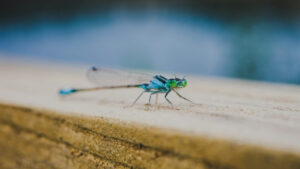
The moment you switch on a mosquito light, you declare war on those pesky insects. But what if I told you that you could turbocharge

Imagine this scenario: as the hues of twilight blend into the evening sky, your mosquito light buzzes to life, standing guard against the night’s swarm
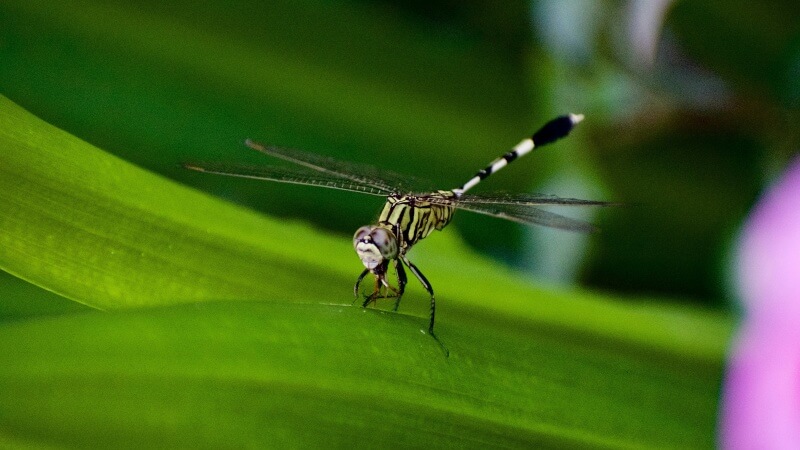
There’s something almost magical about a mosquito light—a beacon in the night that promises to shield us from the irksome buzz and bites of mosquitoes.

Within the first few moments of considering a mosquito light, the idea transforms from a mere concept into a beacon of hope against the nightly
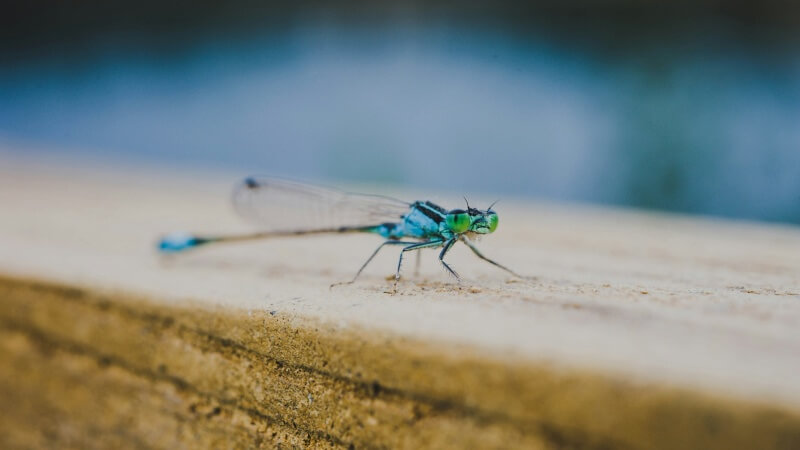
The moment you switch on a mosquito light, you declare war on those pesky insects. But what if I told you that you could turbocharge
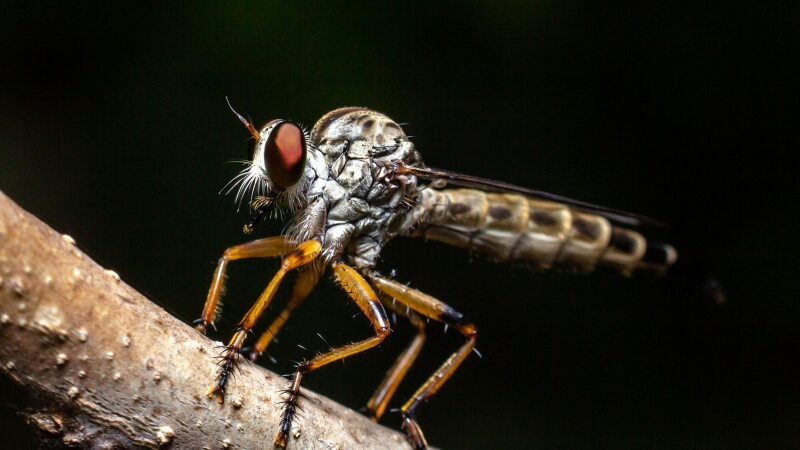
Imagine this scenario: as the hues of twilight blend into the evening sky, your mosquito light buzzes to life, standing guard against the night’s swarm
Copyright © 2025 mosquitokillerlight. All Rights Reserved.